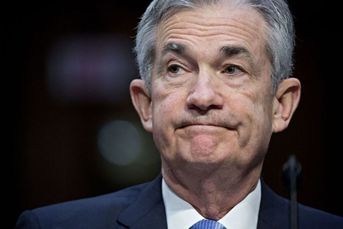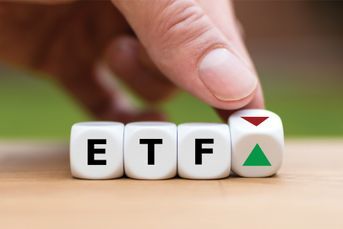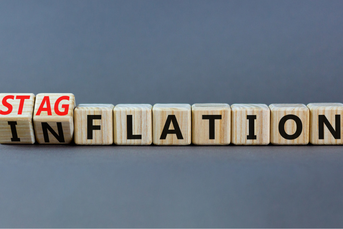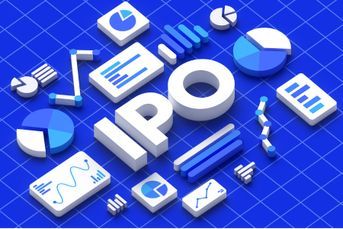What the Fed’s rate hike means for your money
Credit cards, home equity lines of credit, adjustable-rate mortgages and personal loans could inch higher after a rise in the federal funds rate.
Maybe this time higher interest rates actually mean higher interest rates.
A year ago, the Federal Reserve lifted the key U.S. interest rate for the first time in more than nine years. Counterintuitively, mortgage rates then fell, and homebuyers had one more chance to refinance at historically low rates.
Fed Chair Janet Yellen repeated the feat on Wednesday, raising the federal funds rate a quarter of a percentage point to a range of 0.5% to 0.75%. That could end up helping savers and hurting people with credit card debt and adjustable mortgages. But Americans aren’t likely to really feel the effects of today’s rate hike unless it’s followed by several others.
“The impact of a single rate hike is inconsequential,” said Greg McBride, Bankrate.com’s chief financial analyst. “It’s the cumulative effect that really matters.”
New projections show Fed officials expect three quarter-point rate hikes in 2017, up from the two increases forecast in September.
The Fed increased rates 17 times from June 2004 to June 2006, which raised the burden for millions of indebted Americans. Fed officials are likely to repeat that cycle only if they’re worried the U.S. economy is overheating in 2017 and 2018, and that’s far from certain.
Still, even a quarter-point hike could have a marginal impact on millions of Americans. The average U.S. credit card balance is $5,437, according to TransUnion, and rates on credit cards could inch higher after a rise in the federal funds rate. So could the rates on home equity lines of credit, adjustable-rate mortgages and personal loans. TransUnion estimates that 92 million Americans could see debt payments rise as a result of a quarter-point rate increase. On average, they’ll pay $6.45 more a month, while 1% will see debt payments rise more than $50.
That’s not affordable for everyone. TransUnion estimates that 9.3 million consumers could have trouble making the extra debt payments, and that number could spike if rates keep rising.
https://www.investmentnews.com/wp-content/uploads/assets/graphics src=”/wp-content/uploads2016/12/CI1083091215.JPG”
One option for consumers with a lot of debt is to transfer balances to a card with a lower rate. Bankrate.com’s Mr. McBride notes that some credit cards are now offering introductory rates of 0% for as long as 21 months. The trick is having good enough credit to qualify.
For potential homebuyers, the effects of the rate hike are harder to gauge. “We’re facing higher mortgage rates in the U.S., but I don’t think it will happen immediately,” said Perc Pineda, senior economist at the Credit Union National Association. While the costs of a fixed-rate mortgage have risen in the past couple of months, rates so far have merely returned to the levels of 2014 and 2015. “We’re not in uncharted waters,” Mr. Pineda said.
https://www.investmentnews.com/wp-content/uploads/assets/graphics src=”/wp-content/uploads2016/12/CI1083101215.JPG”
One place you’re extremely unlikely to notice the Fed rate increase is in your savings account. Most banks have plenty of deposits these days, giving them little incentive to raise interest rates to attract more. A 2013 Fed study found that banks typically wait eight months to boost savings rates after a Fed rate increase. Of course, banks are much quicker to raise rates on borrowers, which temporarily widens their profit margins.
If you’re frustrated by the tiny interest payments on your savings, you do have options. Several banks across the U.S., for various, idiosyncratic reasons, will pay up, a bit, for deposits. At most, you might get an annual percentage rate of a little more than 1%. Not much, but at least 10 and maybe even 20 times as much as you’ll get at most big banks.
Learn more about reprints and licensing for this article.








